Mercedes-Benz to Begin Offering Steering Yokes and Steer-By-Wire in 2026
Steering yokes appear to be the automotive fad du jour and Mercedes-Benz has confirmed that it will begin offering them in 2026. This change will be accompanied by the introduction of steer-by-wire controls, eliminating all physical connections between the driver and the road.


Steering yokes appear to be the automotive fad du jour and Mercedes-Benz has confirmed that it will begin offering them in 2026. This change will be accompanied by the introduction of steer-by-wire controls, eliminating all physical connections between the driver and the road.
While the automaker hasn’t confirmed which vehicle will be getting the yoke first, the rumor mill is that it will be the EQS. Considering that most be-yoked vehicles have been EVs, it seems plausible that the upcoming refresh of the model could incorporate the updated controls. Additional speculation has suggested that the S-Class would be next, likely offering the yoke as an option for upcoming model years.
Both of those vehicles were made even more plausible candidates after Mercedes stated how important rear-wheel steering would be for the system and showcased the EQS as part of the release.
Truth be told, drive-by-wire steering is basically essential if you’re hoping to implement a yoke on a daily driver. The reason for this comes down to steering ratios. Steering yokes are fine in some racecars where you’re not spending any amount of time on highways and in parking lots. They can get away with having quick steering and full wheel lock at 180 degrees of rotation.
This isn’t the case with most passenger vehicles. While you will find lower steering ratios on sporting vehicles, it’s just not practical to have exceptionally quick steering all of the time. Extremely large and heavy vehicles have historically had very high steering ratios (usually between 16:1 and 27:1) in order to make steering lighter and to improve highway stability. Passenger vehicles have lower ratios (often between 12:1 and 20:1).
Regardless, most drivers will typically need to rotate the wheel two to four times to achieve full lock on their vehicle. This is why steering wheels are round and why yokes haven’t ever been popular outside of airplanes and Formula One cars. However, adaptive ratios are easier to achieve when the steering is entirely electronic and this makes yokes feasible — as proven by Tesla and a few other brands.
The drawback is that fully electronic steering doesn’t offer much in the way of feedback to the driver and what is there is entirely artificial. It also adds complexity to the vehicle, meaning there are more things to fix as a vehicle ages. But it comes with some perks, too.
For example, harsh roads that would normally rattle your wrists aren’t much of an issue when there’s no physical connection between the steering rack and controls. Automakers can likewise offer a higher degree of user customization with fully electronic steering. Drivers who want more sporty or comfortable steering settings can choose their preference from the menus.
The technology is something Mercedes is keen to highlight, as chief technology officer Markus Schäfer said that steer-by-wire controls would help with “automated driving.” He also suggested that the steering yoke would provide a better view of the center screen, in case drivers wanted to watch something online.
“Steer-by-wire is another big step towards the mobility of tomorrow, and we’re proud that we will be launching such a system in 2026,” he said. “The technology enables a unique customer experience that goes far beyond steering alone. In combination with SAE Level 3 conditionally automated driving, it will enable an even more immersive entertainment experience in the medium term. That’s because the flat steering wheel provides a better view of the display when streaming your favourite show, for example.”
Considering how poorly streaming television shows went for some of the people testing so-called autonomous vehicles in the past, we likely wouldn’t take that risk. But the idea that your vehicle could double as a gaming device when stopped (as the cockpit is effectively no different from a racing simulator rig) is at least kind of interesting. But we’re not certain what screen Mercedes expects people to be playing on, as the digital dashboard would be too low.
The main benefit from the yoke and steer-by-wire technology is that you get a little more leg room and zero vibration from the controls. That doesn’t do much for slender enthusiasts who just want to feel connected to the driving experience. But it may appeal to Mercedes’ luxury minded clientele that just want a placid ride and as much flashy technology as possible.

[Images: Mercedes-Benz]
Become a TTAC insider. Get the latest news, features, TTAC takes, and everything else that gets to the truth about cars first by subscribing to our newsletter.








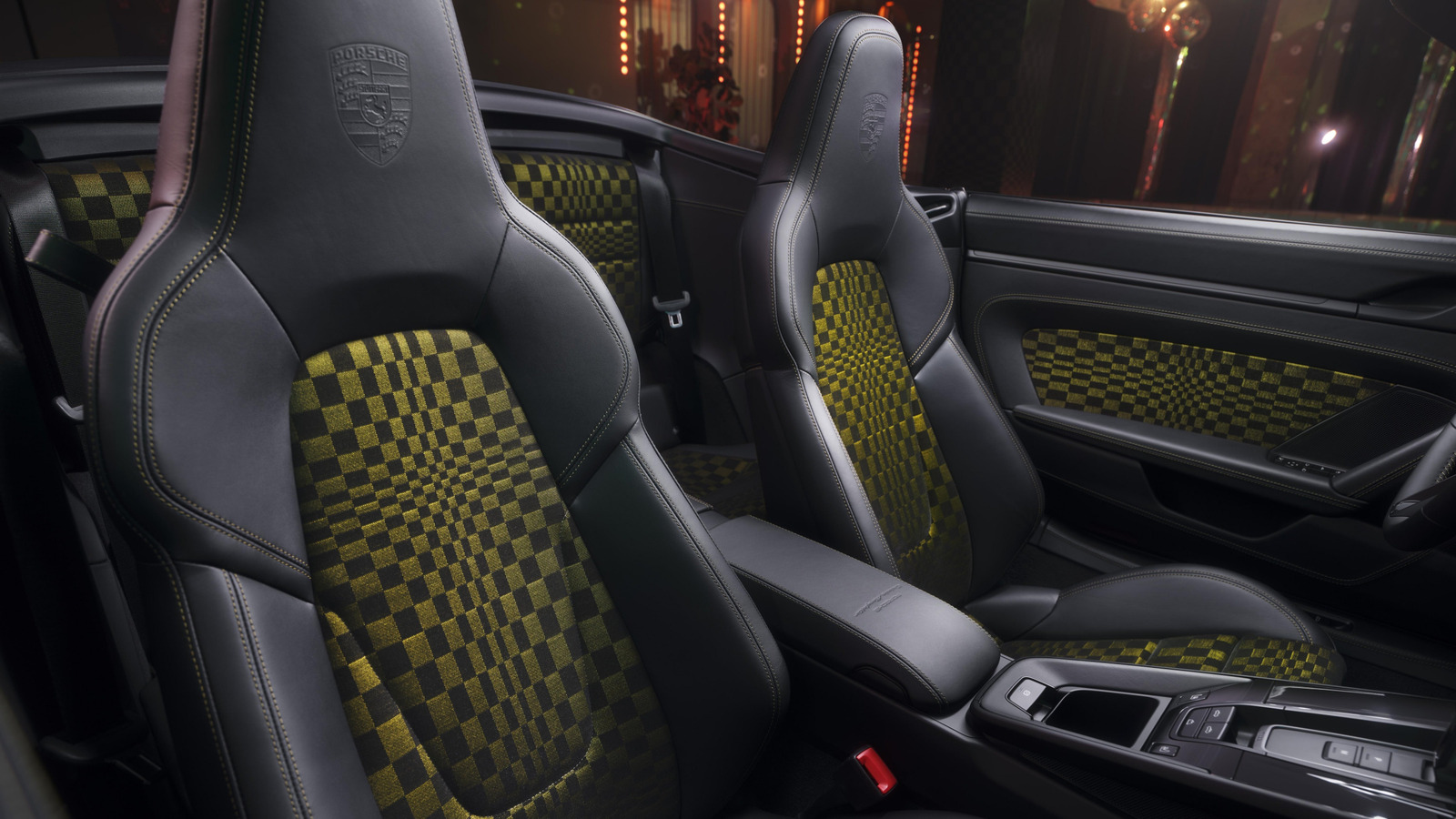





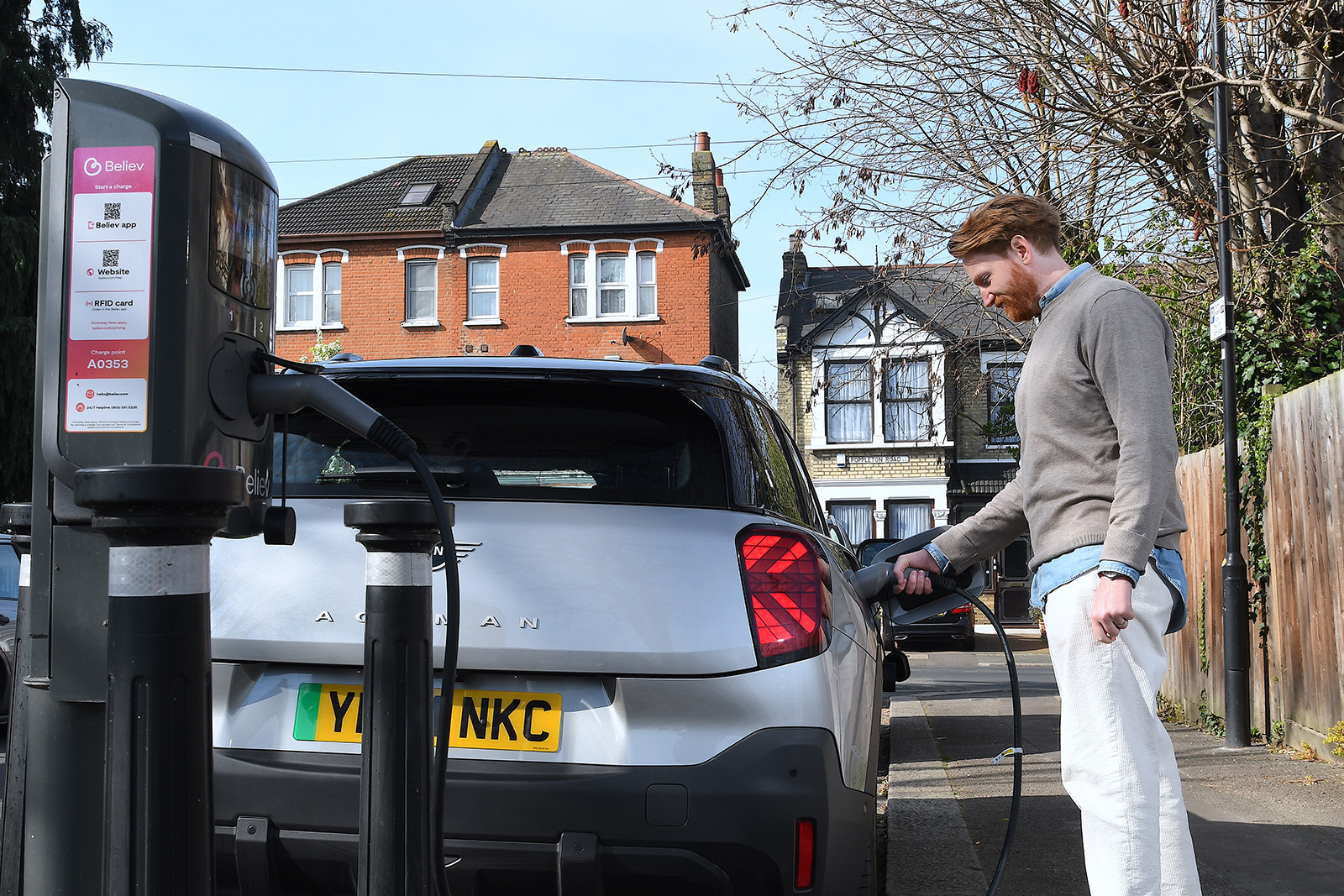


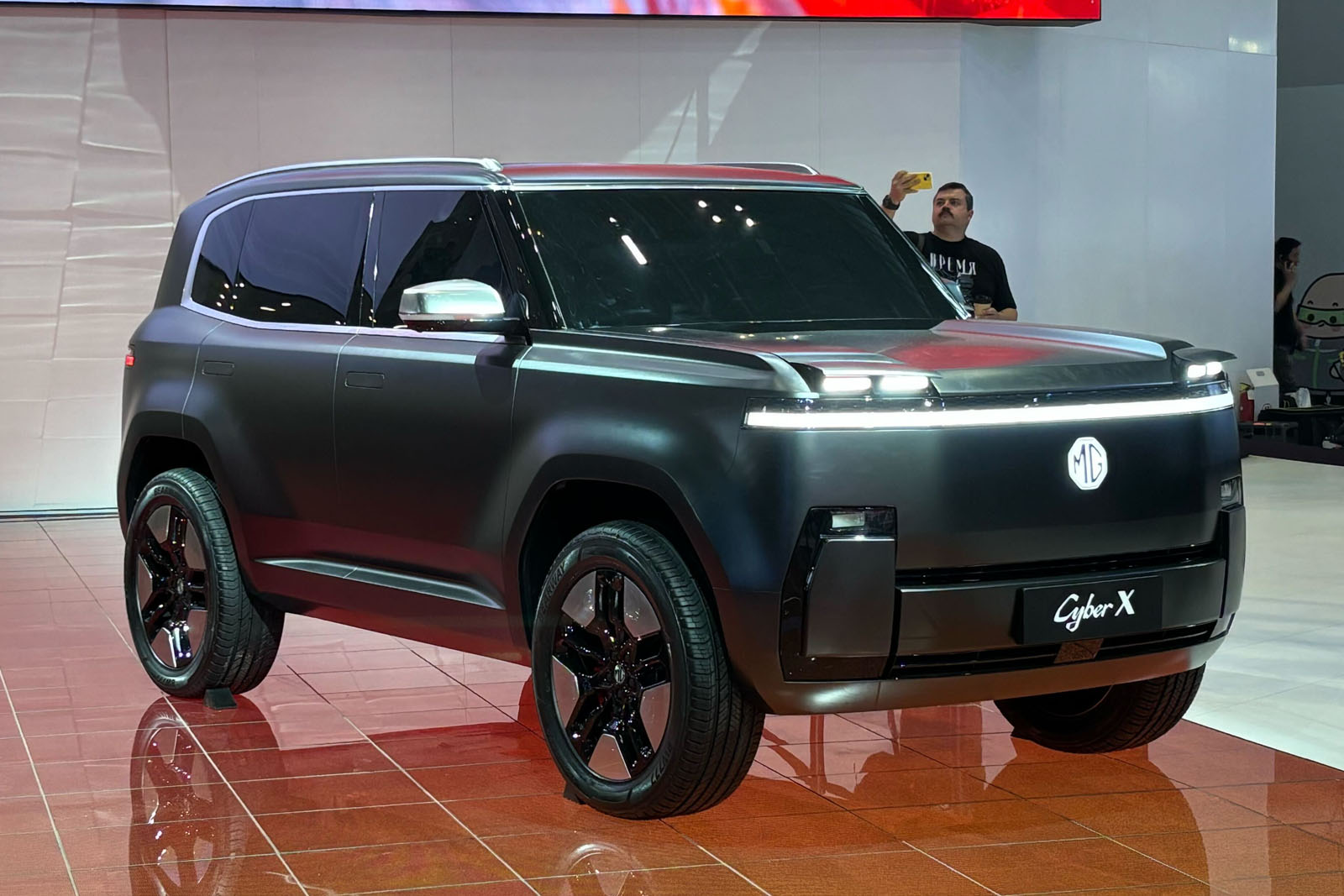










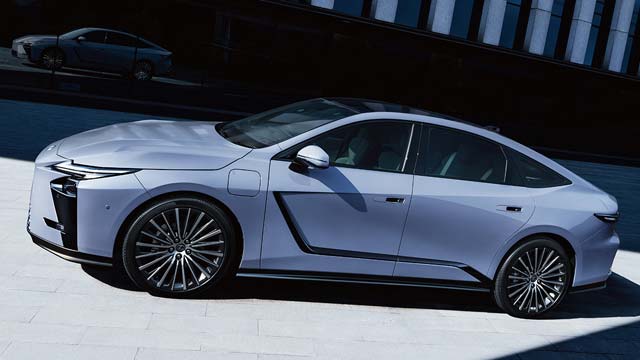
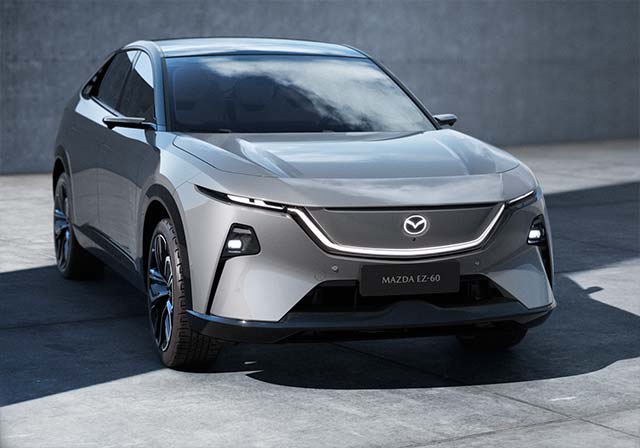





































![[Podcast] Behind the Breakthroughs: How Almac Powers Clinical Trial Success with Care](https://imgproxy.divecdn.com/5lAJkli_KcGt1FSsw4EaegjgP76IHREqYEWbhNBJOXw/g:ce/rs:fit:770:435/Z3M6Ly9kaXZlc2l0ZS1zdG9yYWdlL2RpdmVpbWFnZS9CaW9QaGFybWFEaXZlXzEzNDZfeF83MjlfQXJ0d29yay5qcGc=.webp)

















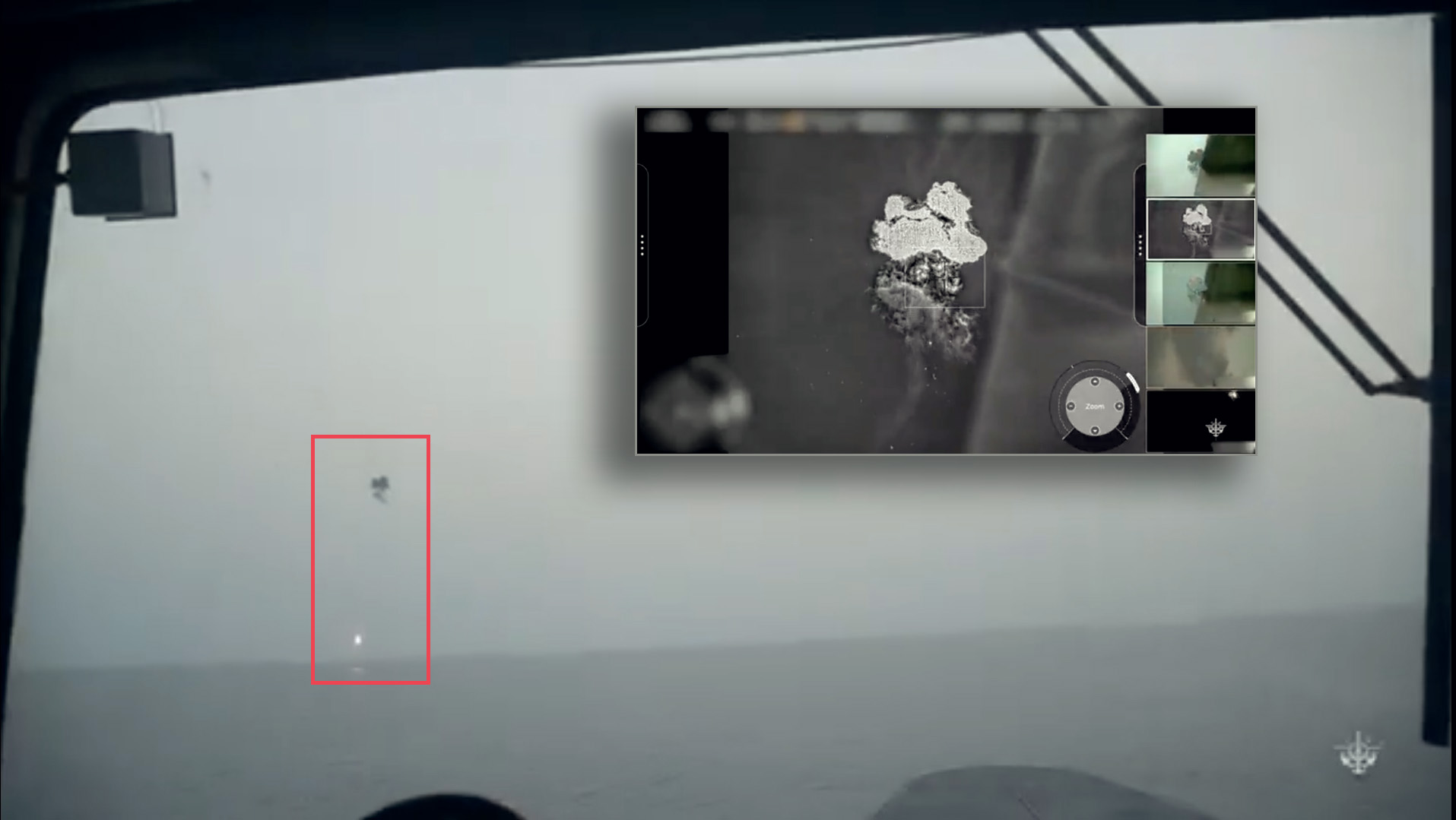


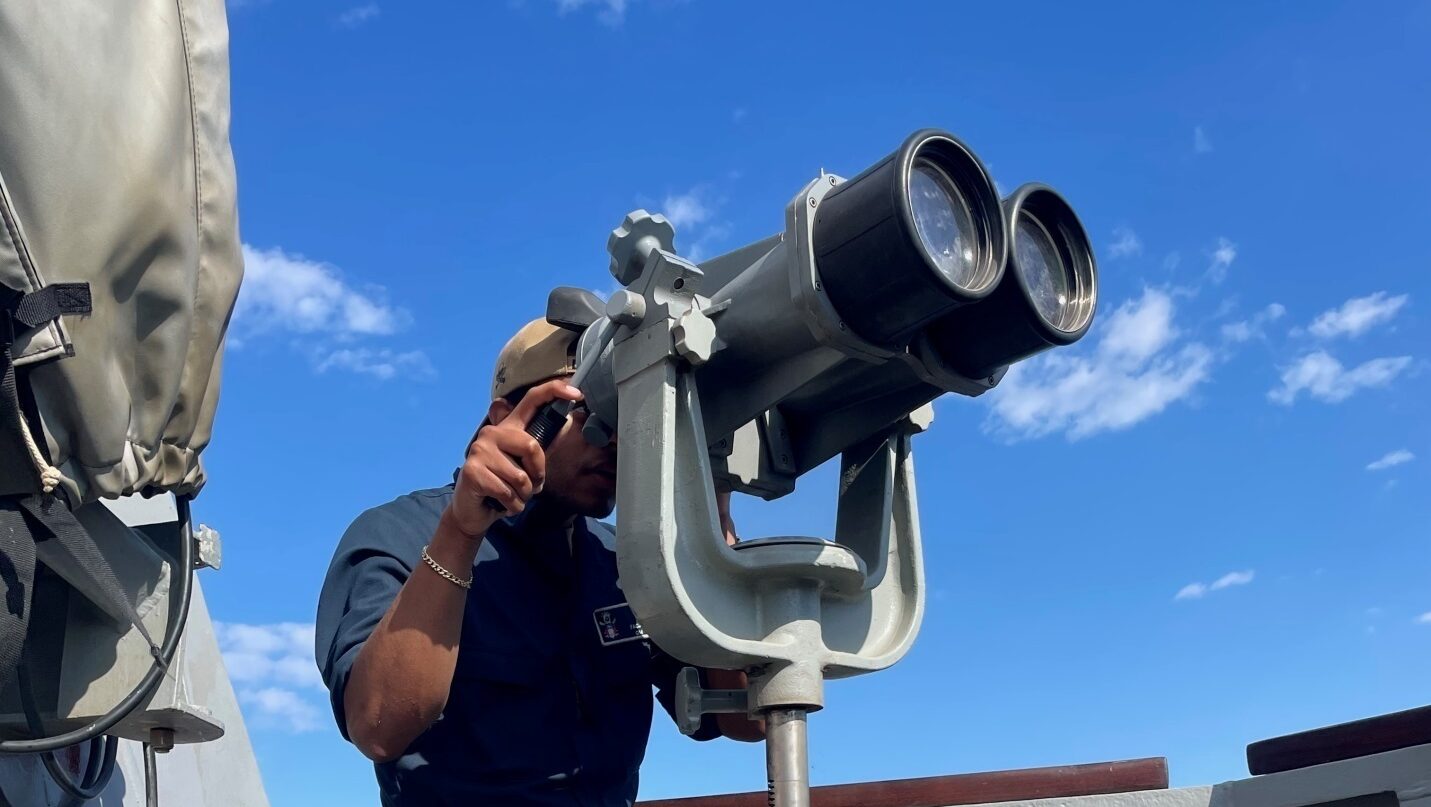














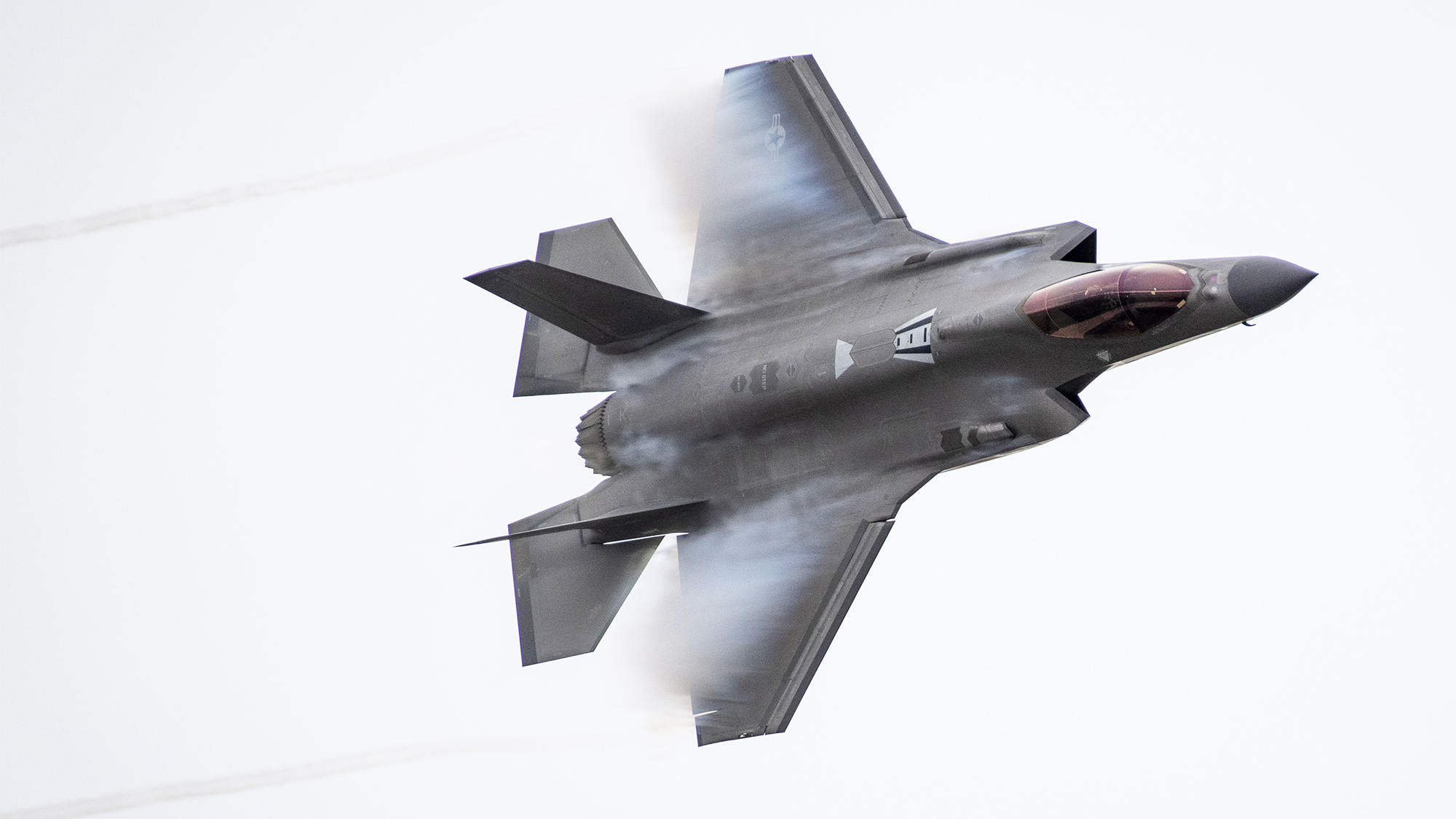















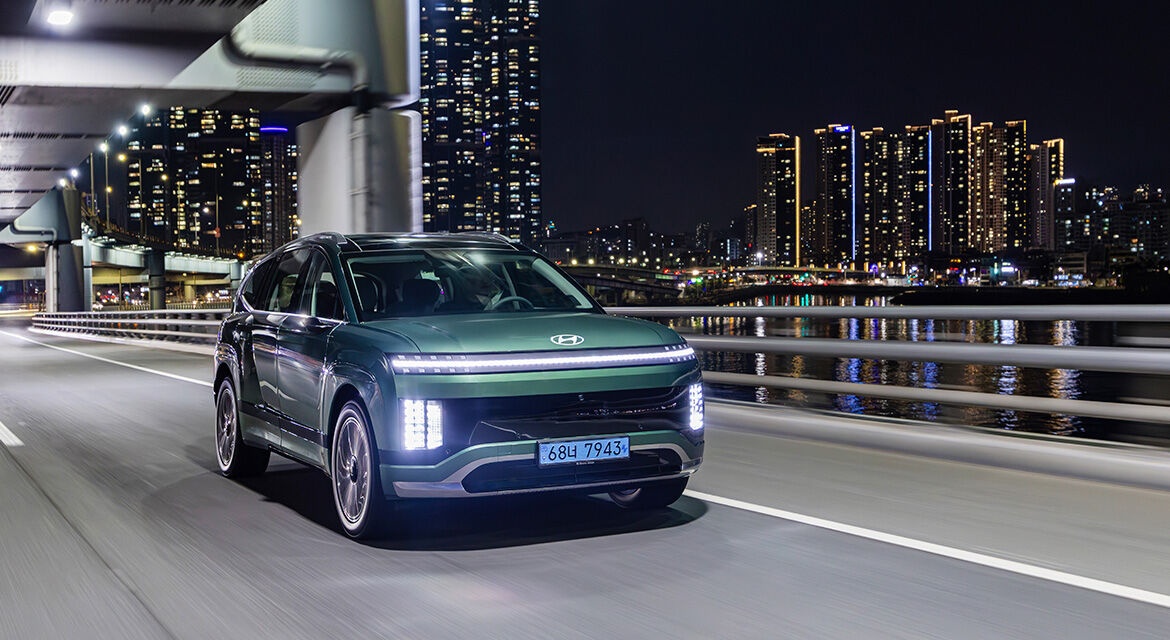










































.jpg)








